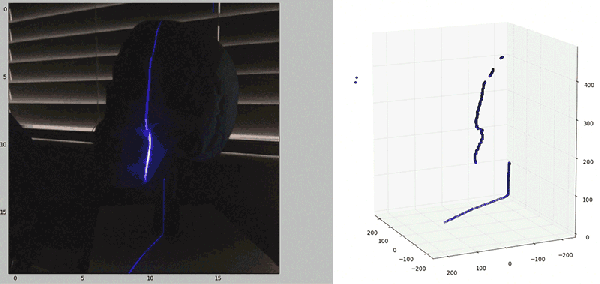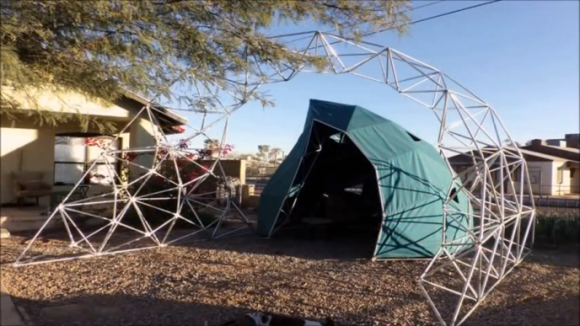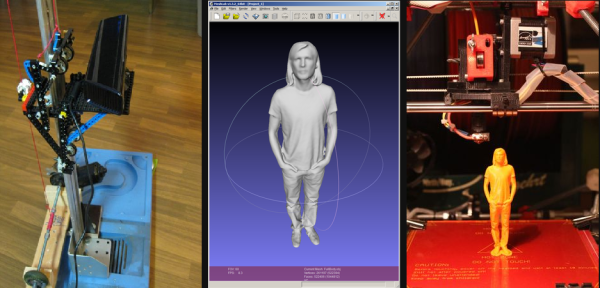Almost by definition, the coolest technology and bleeding-edge research is locked away in universities. While this is great for post-docs and their grant-writing abilities, it’s not the best system for people who want to use this technology. A few years ago, and many times since then, we’ve seen a bit of research that turned a Kinect into a 3D mapping camera for extremely large areas. This is the future of VR, but a proper distribution has been held up by licenses and a general IP rights rigamarole. Now, the source for this technology, Kintinuous and ElasticFusion, are available on Github, free for everyone to (non-commercially) use.
We’ve seen Kintinuous a few times before – first in 2012 where the possibilities for mapping large areas with a Kinect were shown off, then an improvement that mapped a 300 meter long path though a building. With the introduction of the Oculus Rift, inhabiting these virtual scanned spaces became even cooler. If there’s a future in virtual reality, we’re need a way to capture real life and make it digital. So far, this is the only software stack that does it on a large scale
If you’re thinking about using a Raspberry Pi to take Kintinuous on the road, you might want to look at the hardware requirements. A very fast Nvidia GPU and a fast CPU are required for good results. You also won’t be able to use it with robots running ROS; these bits of software simply don’t work together. Still, we now have the source for Kintinuous and ElasticFusion, and I’m sure more than a few people are interested in improving the code and bringing it to other systems.
You can check out a few videos of ElasticFusion and Kintinuous below.



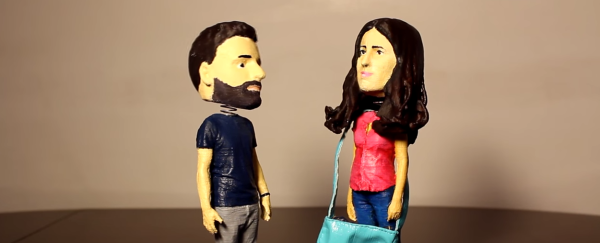
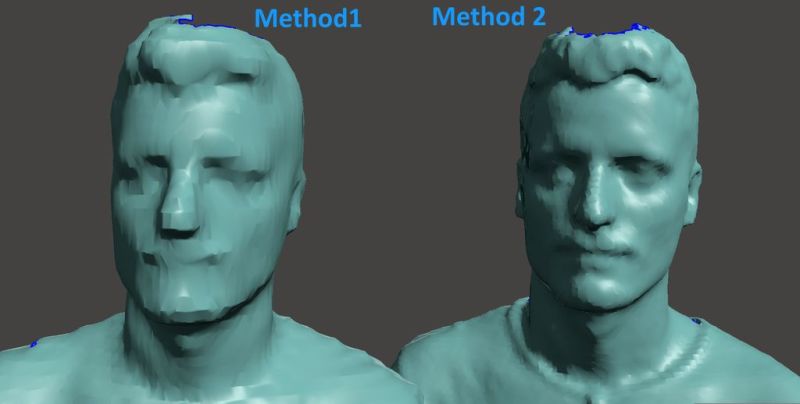 scans of large objects (including people) come out looking noticeably faceted. [Luis] came up with a work-around that results in a much finer detailed scan. Instead of scanning an entire person with one scan, he would do 4 separate scans. Since each individual scan can support 5,000 faces, the resulting merged model can be up to 20,000 faces. Check out the comparison, the difference between the two scanning methods is quite noticeable.
scans of large objects (including people) come out looking noticeably faceted. [Luis] came up with a work-around that results in a much finer detailed scan. Instead of scanning an entire person with one scan, he would do 4 separate scans. Since each individual scan can support 5,000 faces, the resulting merged model can be up to 20,000 faces. Check out the comparison, the difference between the two scanning methods is quite noticeable. 